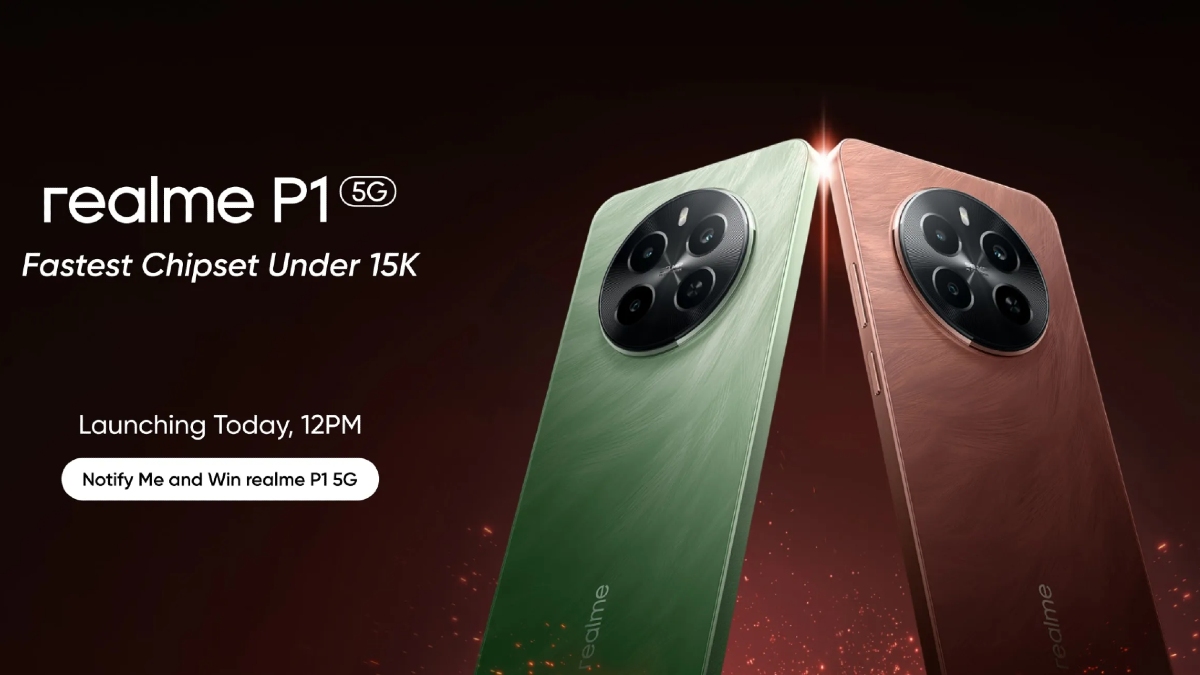Just In
- 1 hr ago

- 3 hrs ago

- 3 hrs ago

- 4 hrs ago

Don't Miss
- Movies
 Abhradeep Saha Death | YouTuber Angry Rantman’s Family Releases Official Statement: He Touched The…
Abhradeep Saha Death | YouTuber Angry Rantman’s Family Releases Official Statement: He Touched The… - Finance
 Rs 150/Share Dividend, Yield 4.03%: 94-Yrs Old Tobacco Co To Consider Dividend, PE Is 20.37
Rs 150/Share Dividend, Yield 4.03%: 94-Yrs Old Tobacco Co To Consider Dividend, PE Is 20.37 - News
 IPL 2024: Watch Shah Rukh Khan's Motivating Speech For Kolkata Knight Riders Player; Gautam Gambhir Smiles
IPL 2024: Watch Shah Rukh Khan's Motivating Speech For Kolkata Knight Riders Player; Gautam Gambhir Smiles - Sports
 IPL 2024: Sanju Samson showing consistency as he has fallen behind everyone in pecking order - Anjum Chopra
IPL 2024: Sanju Samson showing consistency as he has fallen behind everyone in pecking order - Anjum Chopra - Lifestyle
 World's First Miss AI Pageant Announced, Know All About The Rise Of AI Beauty
World's First Miss AI Pageant Announced, Know All About The Rise Of AI Beauty - Automobiles
 Aprilia Tuareg 660 Launched In India At Rs 18.85 Lakh – New Features & More
Aprilia Tuareg 660 Launched In India At Rs 18.85 Lakh – New Features & More - Education
 Schools in Odisha to remain closed from April 18 to 20 due to heatwave
Schools in Odisha to remain closed from April 18 to 20 due to heatwave - Travel
 From Coconut Breaking on Head to Men Dressing as Women: 12 Unique Indian Rituals Explored
From Coconut Breaking on Head to Men Dressing as Women: 12 Unique Indian Rituals Explored
Sensor-packed Smartphones to Secure your Device
An Indian-origin scientist and his team are adapting accelerometers, Global Positioning System (GPS) chips, gyroscopes and other sensors to make smartphones that can read a user's mood, eliminate passwords, protect financial transactions and more.
The team led by Nitesh Saxena at the University of Alabama at Birmingham are working on innovations that could be coming soon on your favourite device.
Saxena, director of the "SPIES lab" at the university, is pulling together data from accelerometers, gyroscopes and proximity sensors to chart the characteristic gestures a user makes when answering a call or snapping a selfie.

Recommended: 10 Best Smartphones Powered by 64-bit CPU to buy in India
Once his software learns your moves, it could unlock your phone automatically -- or freeze when it detects that it is in the wrong hands.
"A system that taps into user interactions with multiple connected devices such as Google Glass or the new Apple Watch, would be even more secure," said Saxena.
Newer phones can measure temperature, humidity -- even barometric pressure. "A combination of these readings could offer a secure way to log in to your computer and make passwords obsolete," Saxena added.
"Zero-interaction" authentication systems operate much like the keyless entry and starting systems on some cars -- they rely on Bluetooth or other signals from a smartphone to grant a user access.
Saxena's team has also found that combining readings from multiple sensors, including GPS, audio, temperature and altitude, can thwart relay attacks.
They have developed an Android-based app called BlueProximity++ that uses these readings to instantly - and securely - unlock laptops and other devices as soon as the user's phone gets within range.
Recommended: Top 15 Upcoming Smartphones to Expected to Launch at MWC 2015
To protect your payments, Saxena's team has developed a countermeasure to verify that the payment request is actually coming from a user in the same location as the reader.
Their system uses signals from a combination of sensors, including lists of nearby WiFi hotspots and their signal strengths, and short audio snippets captured by the phone's microphone.
In the near-field communications (NFC) technology, reader compares notes with the phone -- if the signals match, the payment is authorised, the university said in a press release.
Source: IANS
-
99,999
-
1,29,999
-
69,999
-
41,999
-
64,999
-
99,999
-
29,999
-
63,999
-
39,999
-
1,56,900
-
79,900
-
1,39,900
-
1,29,900
-
65,900
-
1,56,900
-
1,30,990
-
76,990
-
16,499
-
30,700
-
12,999
-
11,999
-
3,999
-
2,500
-
3,599
-
8,893
-
13,999
-
32,999
-
9,990
-
25,377
-
23,490












































